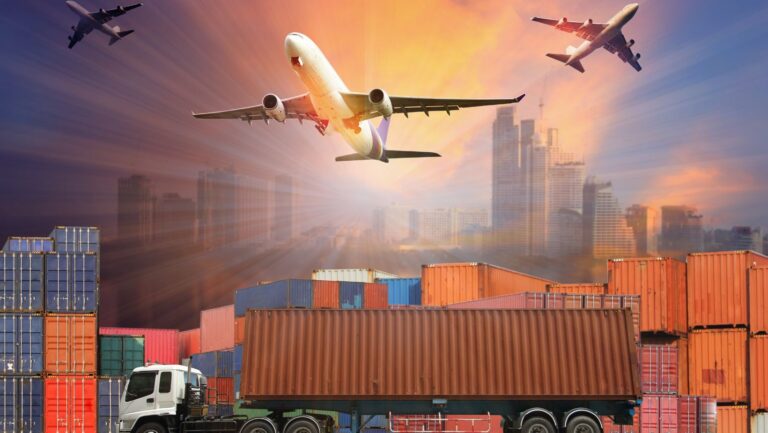When bringing goods into the United States, importers must comply with specific customs regulations designed to ensure proper documentation and duty payments. A single entry bond is one of the most common tools used to meet these requirements. It provides a financial guarantee to U.S. Customs and Border Protection (CBP) that all applicable duties, taxes, and fees will be paid, and that all regulations will be followed for a specific shipment. Without this bond, many importers would face delays, penalties, or the risk of their goods being held at the border.
What a Single Entry Bond Covers
A single entry bond is tied to a single import transaction, meaning it applies only to one shipment through one port of entry. It covers three main areas of responsibility: payment of duties and taxes, compliance with customs regulations, and any penalties or fines that may result from non-compliance. If an importer fails to meet their obligations, CBP can draw on the bond to recover the owed amounts. This mechanism not only protects the government but also gives importers access to a smoother customs clearance process.
Why Importers Use a Single Entry Bond
For companies that import goods occasionally or in limited quantities, a single entry bond is often more cost-effective than securing a continuous bond, which applies to multiple shipments over a year. The single bond structure allows flexibility, making it ideal for small businesses or those testing the waters of international trade. It can also be useful for importers dealing with high-value shipments where the cost of securing a continuous bond might outweigh the benefit.
The Role of Customs Brokers
Customs brokers play an important role in securing single entry bonds for their clients. They work with surety companies that issue these bonds and ensure the proper amount is calculated based on the value of the goods and the applicable duties.

Risks of Skipping the Bond
Attempting to import goods without a single entry bond can result in serious consequences. CBP may refuse to release the shipment until a bond is posted, leading to storage fees, supply chain disruptions, and strained customer relationships. In some cases, goods may even be seized or penalties assessed. By securing the proper bond, importers safeguard themselves against these risks while demonstrating credibility and reliability in the eyes of customs authorities.
Comparing with Continuous Bonds
While single entry bonds are useful for occasional importers, continuous bonds are often better suited for businesses that import frequently. Continuous bonds cover all shipments over a twelve-month period and can save time and administrative effort. However, for one-off or rare shipments, a single entry bond provides the right balance of cost and protection. Importers should weigh the nature of their operations and future plans when deciding between the two options.
Conclusion
A single entry bond is more than just a regulatory requirement; it is a safeguard that ensures smooth customs clearance, compliance with the law, and protection against unexpected financial risks. For importers handling limited or occasional shipments, it provides a practical and cost-effective way to meet U.S. customs obligations. By securing the right bond, importers not only protect their bottom line but also establish a foundation for successful international trade.




